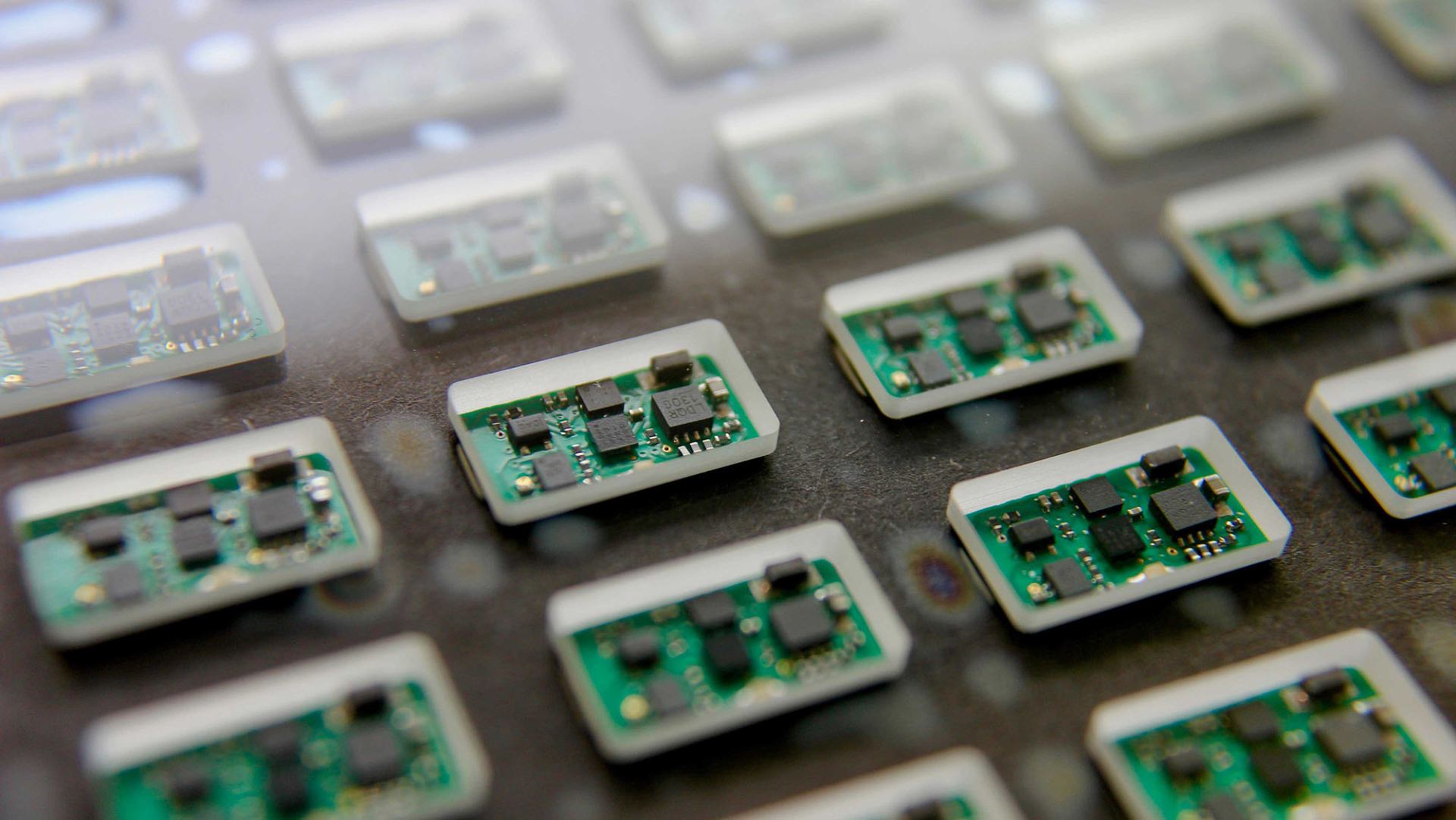
Rett Syndrome
Rett syndrome (RTT) patients struggle with a range of motor and language challenges. Patients and their families find some relief from rehabilitation therapies, but intensive training is required and the results are typically modest. Researchers at the Texas Biomedical Device Center (TxBDC) believe results can be improved by pairing vagus nerve stimulation (VNS) with traditional therapies. This pairing known as Targeted Plasticity Therapy (TPT) enhances neuroplasticity during therapy sessions to increase restoration of motor and auditory function lost due to Rett syndrome.
Motor Research
Rett syndrome patients frequently struggle with abnormal or impaired movement, also known as motor dysfunction. In general, rehabilitation exercises help patients improve motor function by promoting beneficial changes in the brain networks responsible for motor control. Our research indicates that pairing VNS with rehabilitative therapy significantly improves motor function in animal models with motor deficits. Based on this data, our teams believe that pairing VNS with rehabilitative training will significantly enhance improvements in motor function for RTT patients. VNS is safe, FDA-approved, and currently used in 60,000 patients, including RTT patients with epilepsy.
Auditory Research
Individuals with Rett syndrome experience challenges with language processing. Abnormal neural processing of sounds appears to play a critical role in their communication difficulties. Our previous research has demonstrated that extensive speech training improves the ability to accurately discriminate speech sounds and alters auditory cortex responses. Recent studies in both humans and rodent models suggest that IGF-1 therapy could improve many of the symptoms observed in Rett syndrome. Our teams believe that IGF-1 therapy may improve speech processing in RTT patients. We are evaluating the ability of IGF-1 to reverse speech processing problems in Mecp2 (RTT model) rats using significant real world problems experienced by Rett syndrome patients.
Our Research Goal
Developing an effective treatment for RTT will likely require a multifaceted approach, and current research only addresses a small portion of the constellation of symptoms that accompany the disease. However, insights derived from the research being conducted at TxBDC could lead to the development of effective therapies to treat motor challenges and enhance speech and language function. Our goal is to develop therapies that provide meaningful results, significantly improving the lives of individuals with Rett syndrome and their families.
Dr. Seth Hays and Dr. Michael Kilgard received HeART awards from the International Rett Syndrome Foundation in June 2016, allowing this important research to continue.
Publications
Neurobiology of Disease: Degraded Neural and Behavioral Processing of Speech Sounds in a Rat Model of Rett Syndrome
In the News
Rettsyndrome.org: Seth A. Hays, PhD and Michael Kilgard, PhD each receive HeART Awards from the Rett Syndrome Foundation Which Include Grants Totaling Nearly $300,000
The Next Step
Our goal is to fund the next phase of Targeted Plasticity Therapy to treat Rett syndrome and to dramatically reduce the cost to deliver this therapy to patients.
